ICBF defends new beef indexes amid farmer anger
ICBF CEO Sean Coughlan said that analysis by his organisation shows that five star cows had the most weanlings exported. Stock Image: Getty
The majority of beef farmers will better off as a result of the new Beef Eurostar evaluations, the Irish Cattle Breeding Federation (ICBF) has said.
The changes, introduced last week after a delay, amid rising anger among beef farmers, but ICBF insists that the science based approach will leave the majority of beef farmers better off.
Defending the rollout of its new Beef Eurostar evaluations last week, ICBF CEO Sean Coughlan told the Farming Independent that 84pc of animals that were previously 4 and 5-star on the old evaluation, will remain 4 and 5-star.
Coughlan said that analysis by his organisation shows that five star cows had the most weanlings exported.
However, he admitted there would be challenges with replacement heifers in a couple of years time
"Some farmers will be potentially impacted on that [replacement heifers] and we will have to work through that with the individuals involved.
"We want to work with farmers and help them to breed more of them. Depending on what part of the country you’re in you could be at 0.82-0.84 calves per cow per year.
“We’ll continue to breed stylish calves but we want to get as close as we can to make sure that every farmer is getting a stylish calf [per cow] every year.
However farm organisations and breed societies have been highly critical of the changes, saying they would be "challenging" for some breeds.
ICSA president Dermot Kelleher has said ICBF has “gone too far” with changes to the beef breeding indexes regarding pedigree bulls.
“The majority of suckler farmers want to breed a good stylish calf that will sell well in the mart or is fit to export. The problem now is that any AI sire that will do just that has been hammered, and therefore deemed unsuitable for use in the SCEP scheme.
"The averages of 10kg heavier at finishing and 5kg heavier at weanling don't matter if the day you're selling the weanling a fancy weanling makes E150 more than yours."
Sean Coughlan said “A stylish calf becomes a challenge if you’re only getting it every 15 or 16 months and we have plenty of cows out there who are on a 425-430 day calving interval and it just makes it very commercially difficult for suckler farmers to make the financials work. If we have 850,000 suckler cows, we want 850,000 calves.”
Chairman of the Irish Belgian Blue Cattle Society Sean Sherman, who also represents breed societies on the board of ICBF, said that the details of SCEP will have to be revisited to reflect the challenges which will be met by farmers in the scheme when replacing cows in the herd.
"The recruitment of eligible stock down the line will be very challenging. Farmers should be able to generate their own replacement stock for the scheme on their own farm."
Breed Secretary at the Irish Charolais Cattle Society, Nevan McKiernan, said that across the board, breeders of continental cattle are unhappy with the changes.
“It's very clear that cow liveweight is driving the indexes and ICBF would argue that's not the case. You can clearly see it from looking at a number of herd profiles that the heavier cows have dropped in replacement value while the smaller lighter cows increased."
Irish Limousin Cattle Society president William Smith has said there is a lot of dissatisfaction amongst his society members.
"We have requested a meeting with Paul Crosson, Siobhan Kavanagh, Donagh Berry and Ross Evans. They are the architect of the changes, so we'll be looking for answers around if they included SCEP in the evaluations," he said.
Teagasc’s Paul Crosson told the Farming Independent that ideally the work on the new indexes would have been completed last year, before SCEP ever commenced.
He also said 87pc of the economic value on average is based on conventional economics, and 13pc is based on greenhouse gas emissions pricing.
“Carbon is putting an additional cost on higher intake. The breeding value for intake might be higher in animals based on the feed intake runout at Tully, or because the animal simply is generating heavier cows,” he said.
“The way I look at it, within a breed, what you’re trying to do is slow down the rate of increase in cow live weight almost.
“If we look at our genetic trends, how liveweight is continuing to increase, so the challenge is can we kind of tail that off a bit so we can get control of costs on farms.”
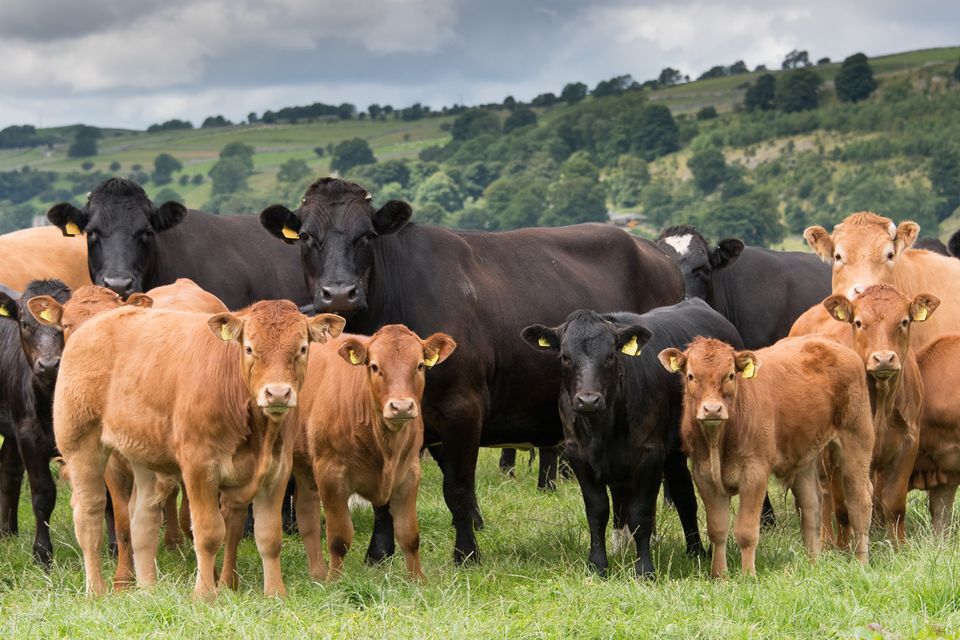
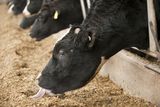

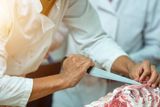
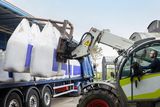

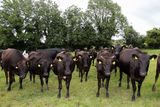

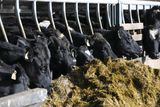

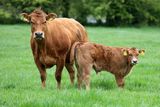
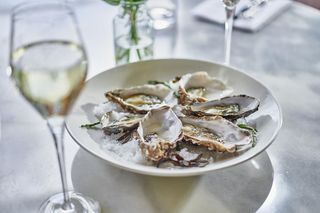

.jpg)

